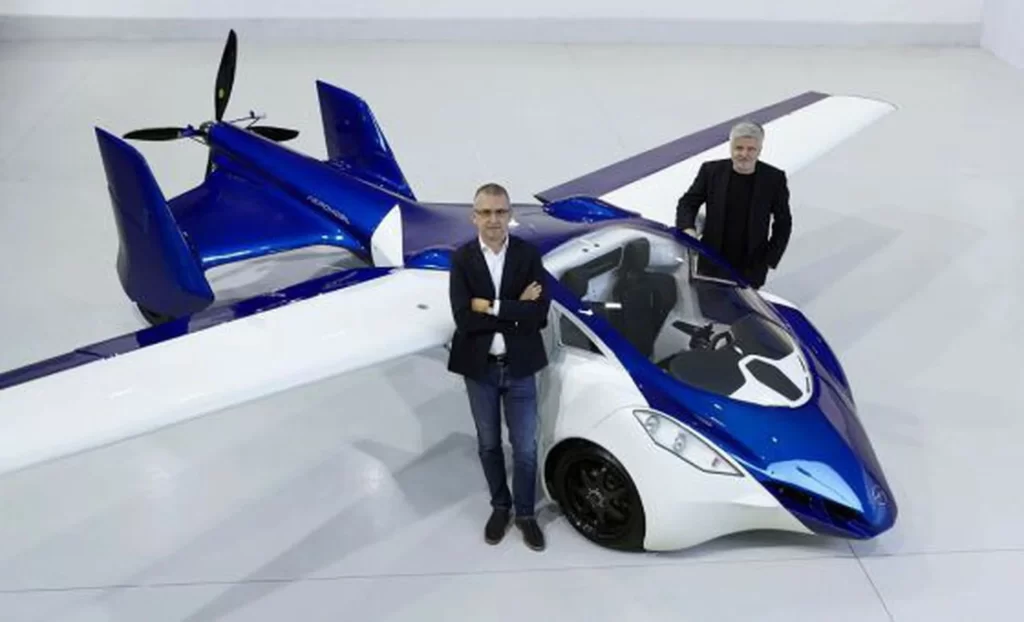Hybrid Solar Eclipse
- Last Updated:

The first solar eclipse of 2023 is set to occur in April, and it is no ordinary one! This year we are set to witness a hybrid solar eclipse, which is a combination of an annular eclipse and a total solar eclipse.
- Partial: Here the moon blocks out a part of the sun and casts a shadow across a part of earth.
- Annular: Here the moon blocks out the sun’s center, leaving a circle of light visible and often called a ring of fire.
- Total: Here the sun’s disc is entirely blocked by the moon and reveals the spectacular solar corona, a phenomenon that can be viewed with the naked eye as well.
- The hybrid solar eclipse: This eclipse is usually a combination of the three types of eclipses, and occurs only a few times per century.
Hybrid Solar Eclipse
A hybrid solar eclipse occurs in a series of stages where the eclipse alternates between being a total solar eclipse and an annular solar eclipse, resulting in fluctuations. So, if the solar eclipse were to be observed at different points in the eclipse’s path, different phenomena can be
observed. For instance, if watched at sunrise or sunset- one might be able to witness a brief
‘Ring of fire’, and if watched at midday-one might be able to experience a total eclipse.

One of the more striking and characteristic phenomena of the hybrid solar eclipse is Baily’s beads. This phenomenon refers to the bead-like sun-rays that are observed right before the eclipse goes into totality, or when the total eclipse is ending. Due to the moon appearing almost the same size as the sun in a hybrid solar eclipse, Baily’s beads can be observed for an extended period compared to a total eclipse. This is why hybrid solar eclipses are also often called ‘Beaded’ solar eclipses.
When does it occur?
When the moon’s distance is just near its limit for the umbral shadow (the dark center portion of the moon’s shadow that causes total eclipses), hybrid solar eclipses are created. An annular solar eclipse occurs in this phenomenon because the moon is in just the right distance from Earth for the apex of its cone-shaped shadow to be slightly above the surface of Earth at both the start and end of the eclipse path.
However, because that region of the planet is a little bit nearer to the moon in the middle of the eclipse path, the apex of the moon’s umbral shadow strikes Earth’s surface there, thus also causing total eclipse.
Hybrid solar eclipses are relatively rare phenomena and only about 3.1% of eclipses during the 21st Century were total solar eclipses. The last hybrid solar eclipse happened on Nov 3rd 2013. Different parts of the earth can witness the eclipse differently, and in this case, it was visible as a total eclipse in Central Africa and in the mid-Atlantic ocean.
The upcoming solar eclipse will however not be directly visible in India, but the ring of fire can be witnessed off land in the Indian and Pacific oceans.
Why don’t we have flying cars yet?
If you see any futuristic interpretations of the visions of a modern world from the 1930s, 1950s or even 1990s- the one vision that maintained a constant appearance was that of flying cars. Flying cars have been dreamt of for as long as flying was made possible, and it has even been a vision of the likes of Wright Brothers and Henry Ford. Even today, when stuck in mundane traffic and rough roads, all drivers simply dream of just zapping across the sky to wherever they wish to reach. But with all the advances in technology today, why has this not been made possible yet?
Answer is: We are not very far from flying cars, and for a considerable amount of time this has been the situation. The world’s first flying automobile was constructed in 1934 by Waldo Waterman, an American aviation pioneer. In the 1990s, Stefan Klein designed another flying car which could fly and drive, but the vehicle in itself was bizarre looking and unable to blend into traffic because of its size.
Second and third versions of this were then built with collapsible wings that could make the vehicle fit into a garage and could transform from car to flight mode in within 3 minutes. However, this ended up crash-landing in its test as well.
Waldo Waterman’s Flying Car and Stefan Klein’s Flying Car
The one thing that was established with these attempts at innovation was that we are far from designing a vehicle that is as easily adapted to roads as it is to flying. Flying and driving on land have opposite sets of requirements that often clashed.
Although aircrafts require a narrow and lightweight design for optimal aerodynamics and lift, cars need to be wide and heavy to maintain stability on the road and create downward force. So car parts like side view mirrors can create unnecessary drag while flying and cause instability, while wings and rotor blades of aircraft throw off the power-to-weight ratio in cars.

Roadblocks:
Battery Tech Issues
The battery type needed for VTOLs currently cannot be powered with the existing automotive batteries that are designed for ground transport. Since they need to stay in the air for a significant amount of time, batteries for air taxis need to be of very high energy density, and require high power during take-off and landing. So quick-charging batteries will also be required.
Piloting the Vehicles
While the ultimate goal is to have automated flying, we are still yet to make strides in this area. Until then most of these vehicles will need pilots, of which the world faces a deep shortage if air taxis are scaled up. Self flying systems lack the judgement possessed by human pilots and are not yet certified safe for widespread adoption, but there are still systems where the mechanisms of piloting are simplified enough that it resembles flying a drone. However even this tech is yet to achieve safety certification or create a passenger carrying version.
Noise Pollution
When being in airport runways or near landing helicopters are enough to bust our eardrums, imagine living with flying air taxis. Significant advancements are necessary to reduce the noise levels of VTOLs during flight, which will require substantial innovation given that the aircrafts still need to move the same amount of air through the rotors to achieve lift and landing.
Some eVTOLs are experimenting with using smaller rotors which could make them at least 5 times quieter than helicopters, but we still have a long way to go.
Infrastructure and Investment:
Currently, the technology required to achieve this scale is extremely expensive and cannot be produced cheaply in masses. Furthermore, “air taxis” will also require significant investment in entirely new infrastructure for landing pads, air traffic control and parking garages. One parking garage can cost as much as $150million.
Communication between the Taxis
The air taxis need impeccable communication with each other as well as air towers in order to ensure accident free travel, and this is currently done verbally. This method can be efficient and safe for a few flying vehicles but not for an entire fleet. This limited capacity needs to substantially expand and digital communication must be better enabled.
Despite these significant roadblocks, we remain optimistically ambitious in our vision for the flying commutes. ‘Volocopter’, a German startup, plans to launch electric air taxis in Singapore in 2024. 90 electric aircrafts have been ordered by Australian companies from Embraer’s Eve electric aircraft subsidiary.
Uber is in fact one of the key players betting in this space as it aims to revolutionize commuting by creating ridesharing services in eVTOLs. Logistics, certification and infrastructure hold the progress towards flying cars back, but we hope it is not too long till this vision becomes a reality.
Shop : Hybrid Solar Eclipse.

